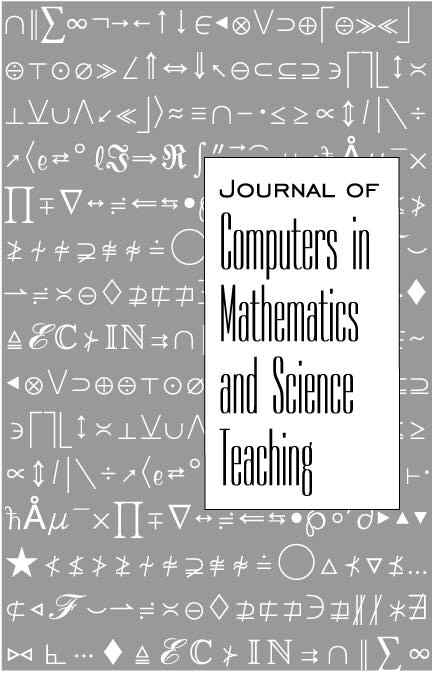
Learning about Surface Area through a Digital Fabrication-Augmented Unit
ARTICLE
Kimberly Corum, Joe Garofalo, University of Virginia, United States
JCMST Volume 35, Number 1, ISSN 0731-9258 Publisher: Association for the Advancement of Computing in Education (AACE), Waynesville, NC USA
Abstract
Surface area is consistently identified as a curriculum standard for K-12 students and it regularly appears on national and international assessments. Recently, many schools began acquiring digital fabrication and advanced manufacturing equipment. The growing use of digital fabrication in classrooms raises the question of whether or not this technology can be used to improve students’ understanding of surface area. The specific question we explore in this paper is: How did participation in a digital fabrication-augmented surface area unit affect 5th grade students’ ability to solve surface area tasks? Fifth-grade students used FabLab ModelMaker and die cutters to create three-dimensional cubes and rectangular prisms from cardstock, which were then used during classroom instruction to help students develop conceptual understanding of surface area. Students were assessed with a project-made pretest and posttest, consisting of open-ended tasks. Students showed marked improvements in their ability to complete surface area tasks following the digital fabrication unit. The unit provided students with opportunities to develop effective strategies that allowed them to recognize qualities of three-dimensional figures that cannot be seen in a two-dimensional representation (“Seeing What’s Not Visible”) and to effectively carry out multi-step processes (“Keeping Track”).
Citation
Corum, K. & Garofalo, J. (2016). Learning about Surface Area through a Digital Fabrication-Augmented Unit. Journal of Computers in Mathematics and Science Teaching, 35(1), 33-59. Waynesville, NC USA: Association for the Advancement of Computing in Education (AACE). Retrieved August 9, 2024 from https://www.learntechlib.org/primary/p/150635/.
© 2016 Association for the Advancement of Computing in Education (AACE)
Keywords
References
View References & Citations Map- Hwang, W., & Hu, S. (2013). Analysis of peer learning behaviors using multiple representations in virtual reality and their impacts on geometry problem solving. Computers& Education, 62, 308-319.
- Zacharos, K. (2006). Prevailing educational practices for area measurement and students’ failure in measuring areas. Journal of Mathematical Behavior, 25,
These references have been extracted automatically and may have some errors. Signed in users can suggest corrections to these mistakes.
Suggest Corrections to References